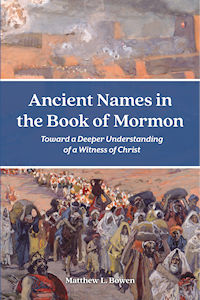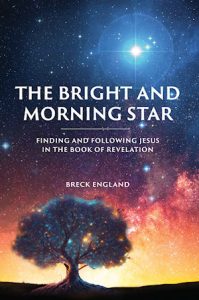Readers should be aware that both Khor Kharfot and Wadi Sayq are now protected sites under Omani law. Neither area can be visited without a permit issued by the government of Oman. They are not accessible by road at any point. Please contact the author if further clarification is needed.
Abstract: In May 2022, George Potter published an article that makes the most comprehensive case to date that Khor Rori in southern Oman is the most likely location for the place “Bountiful” described by Nephi. However, despite its many positives, there are a number of reasons to question the suitability of Khor Rori and to favor the other major candidate for Bountiful, Khor Kharfot. I propose that a careful reading of Nephi’s account coupled with recent discoveries based on field work show Khor Kharfot to be a superior candidate meeting all criteria we can extract from the text. To support a thorough comparison, aspects of both candidates are weighed, including pictorial comparisons of key features. I am in full agreement with Potter that with the entire eastern coast of Arabia now explored, only two candidates for Bountiful remain in contention — Khor Rori and Khor Kharfot. No other location still merits serious consideration.



 Welcome to Interpreter: A Journal of Latter-day Saint Faith and Scholarship, the peer-reviewed journal of The Interpreter Foundation, a nonprofit, independent, educational organization focused on the scriptures of The Church of Jesus Christ of Latter-day Saints. Non-print versions of our journal are available free of charge, with our goal to increase understanding of scripture. Our latest papers can be found below.
Welcome to Interpreter: A Journal of Latter-day Saint Faith and Scholarship, the peer-reviewed journal of The Interpreter Foundation, a nonprofit, independent, educational organization focused on the scriptures of The Church of Jesus Christ of Latter-day Saints. Non-print versions of our journal are available free of charge, with our goal to increase understanding of scripture. Our latest papers can be found below. 

